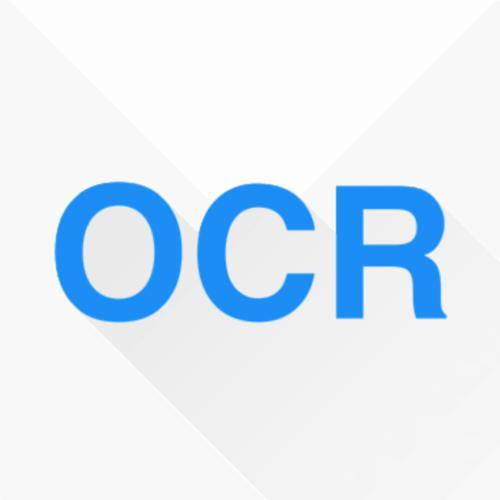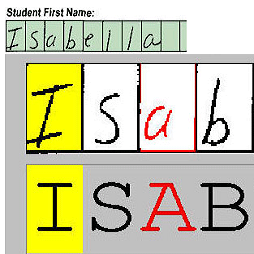Text line segmentation is one of the pre-stages of modern optical character recognition systems. The algorithmic approach proposed by this paper has been designed for this exact purpose. Its main characteristic is the combination of two different techniques, morphological image operations and horizontal histogram projections. The method was developed to be applied on a historic data collection that commonly features quality issues, such as degraded paper, blurred text, or presence of noise. For that reason, the segmenter in question could be of particular interest for cultural institutions, that want access to robust line bounding boxes for a given historic document. Because of the promising segmentation results that are joined by low computational cost, the algorithm was incorporated into the OCR pipeline of the National Library of Luxembourg, in the context of the initiative of reprocessing their historic newspaper collection. The general contribution of this paper is to outline the approach and to evaluate the gains in terms of accuracy and speed, comparing it to the segmentation algorithm bundled with the used open source OCR software.
翻译:文本线分解是现代光学字符识别系统的一个前阶段。本文件提议的算法方法就是为这一确切目的设计的,其主要特征是两种不同的技术、形态图象操作和横向直方图预测相结合。该方法是用来收集历史数据,通常具有质量问题,如纸张退化、文字模糊或噪音的存在等。因此,有关分解器对于文化机构来说可能特别感兴趣,它们希望能够获取某一历史文件的稳健线条框。由于低计算成本结合了有希望的分解结果,因此,在卢森堡国家图书馆的OCR编程中,结合了对历史报纸收藏进行后处理的主动行动,该算法被纳入了卢森堡国家图书馆的OCR编程中。这份文件的一般贡献是概述这一方法,并评价在准确性和速度方面取得的成果,将它与使用开放源OCR软件捆绑的分解算法进行比较。





